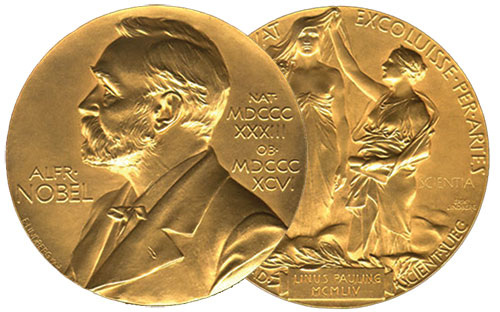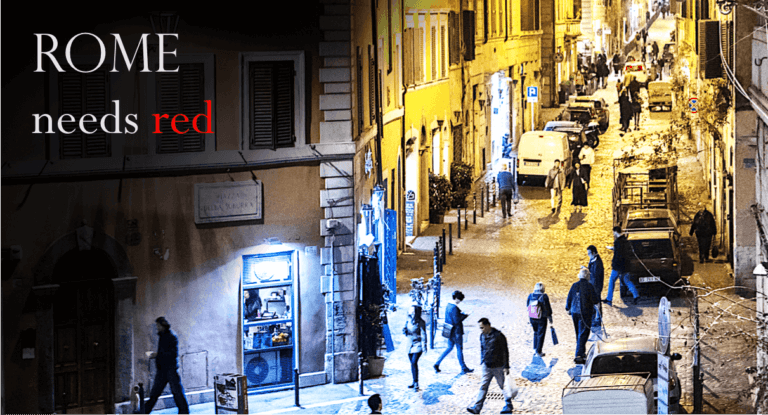Blogs
Lighting manufacturers must re-design LED tube lamps for Europe
It took almost twenty years for authorities to formally recognize industry’s role in the severe...
Do We Really Need Better LEDs?
A quarter of a century has transpired since the Nobel Prize winning work that delivered us commercially...
ROME Needs Red
“…these horrible [LED] lights! Mama mia!!” laments Nathalie Naim, municipal council member for the city...



